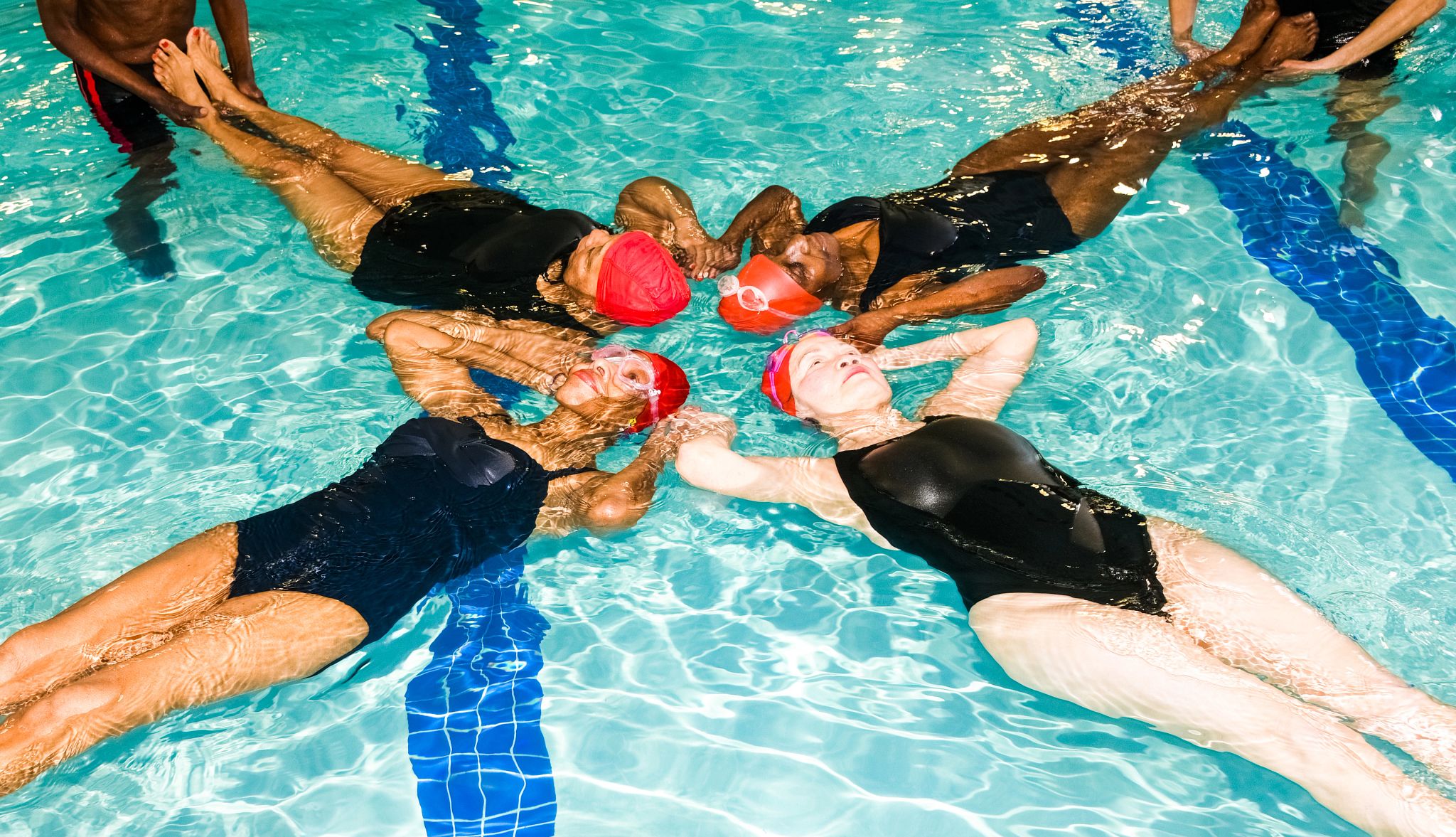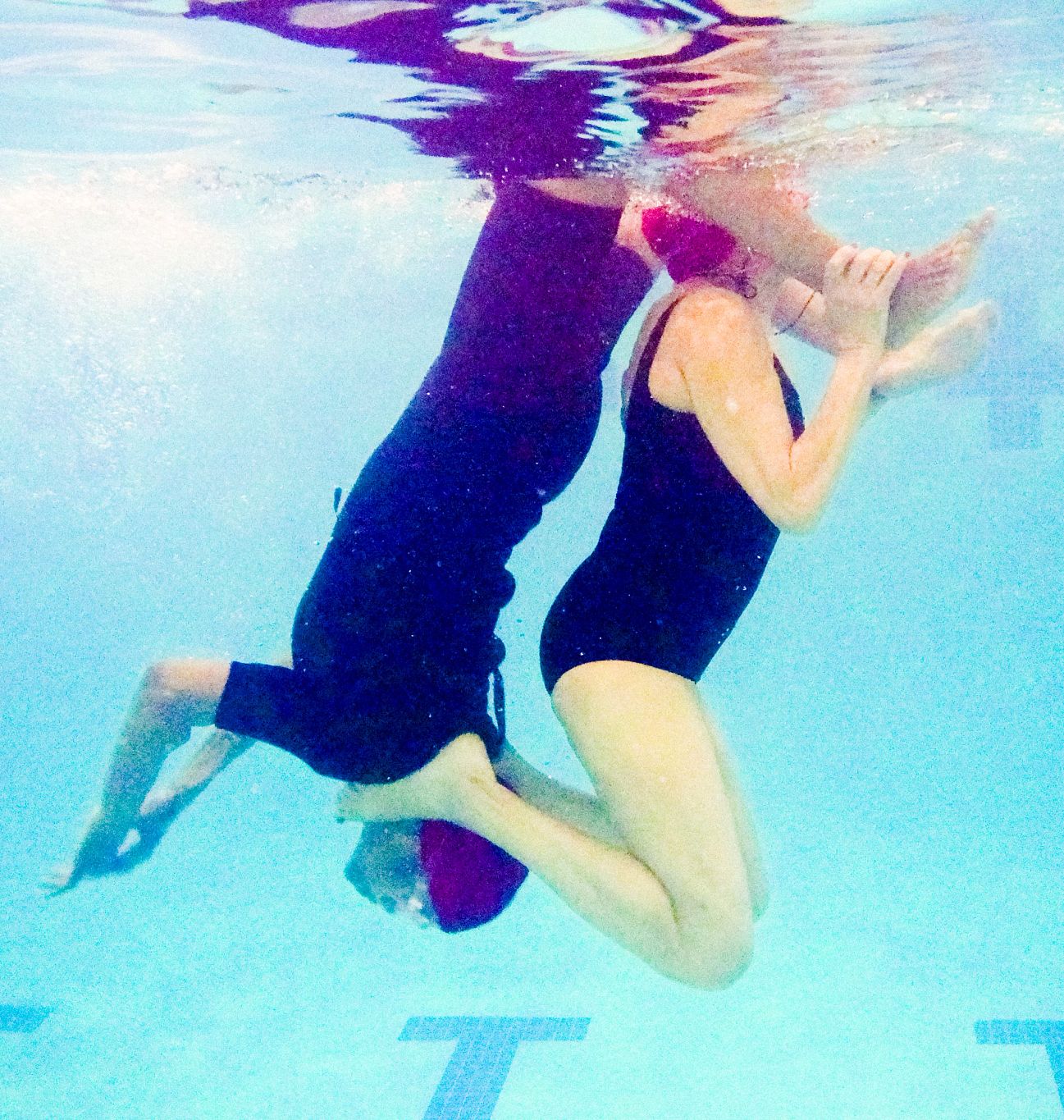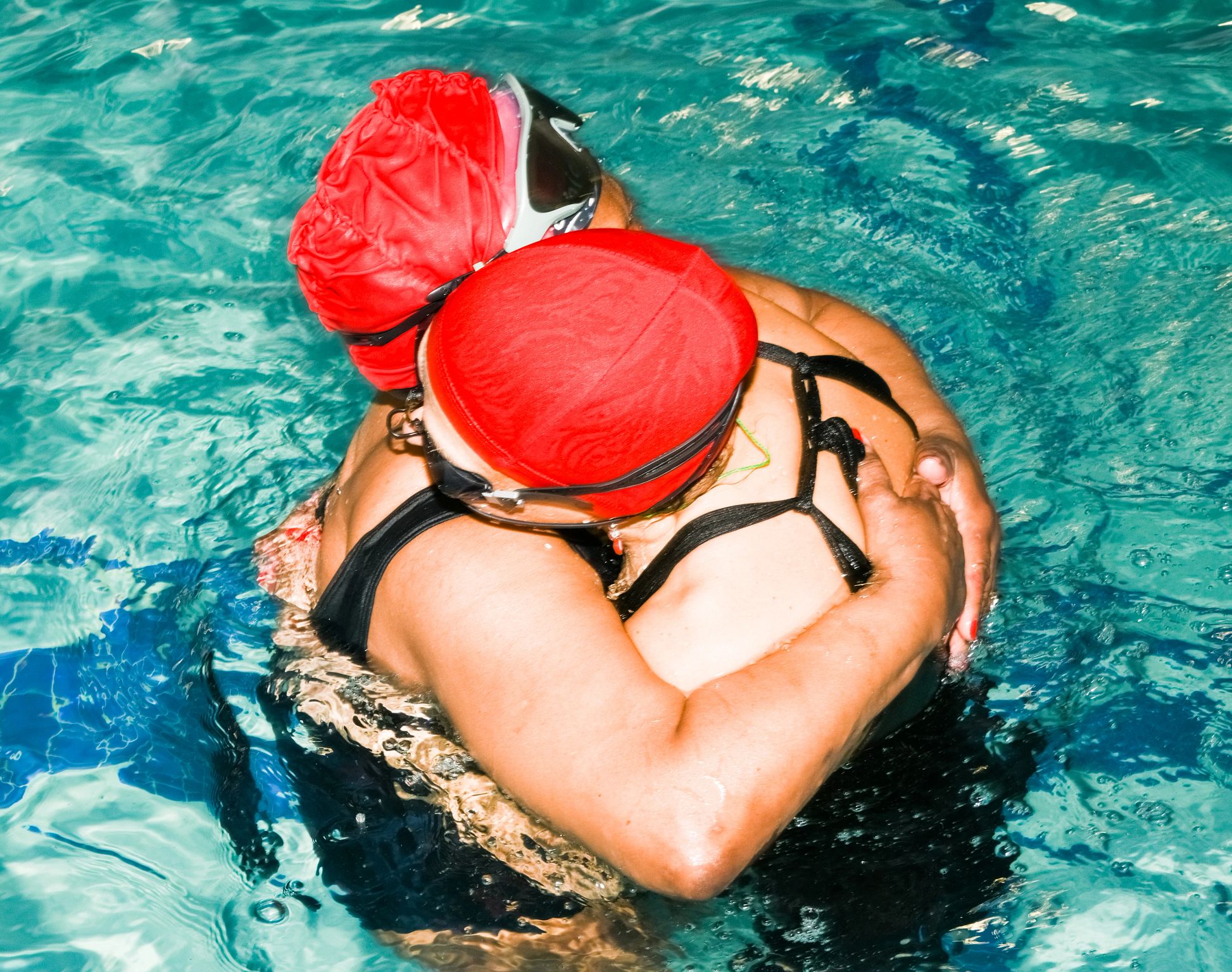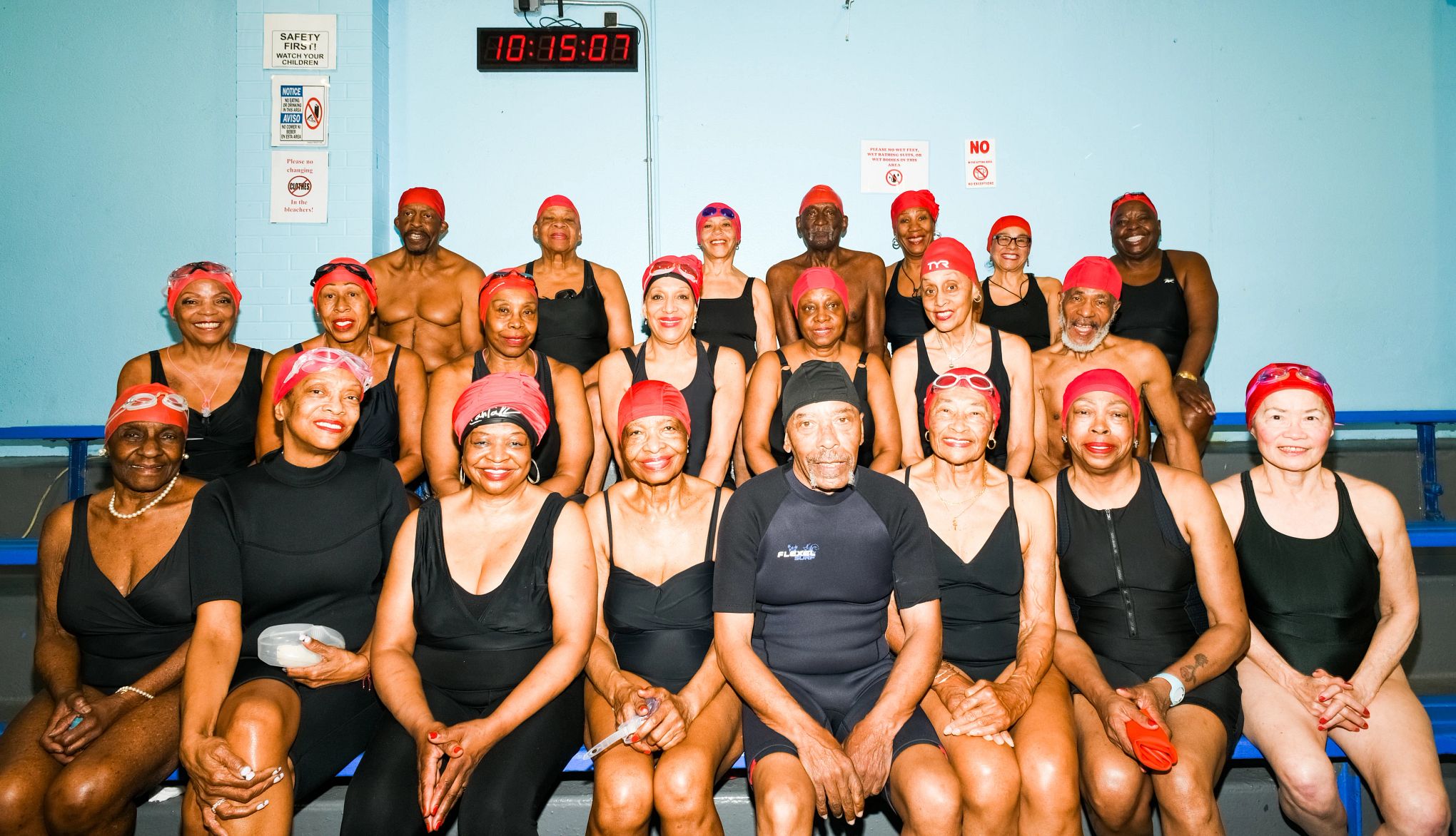AARP Hearing Center


For most of her life, Jeanne Nedd, 82, was afraid of deep water. She didn’t even know how to swim until age 64, when she signed up for lessons after retiring from her job as a middle school social studies teacher. Her deep-end-of-the-pool phobia persisted, she recalls, until “after a few lessons our coach said, ‘Girl, just jump in that water,’ and miraculously, I didn’t sink.”
Instead, she thrived, and now Nedd is a dedicated member of that coach’s synchronized swimming troupe, the Harlem Honeys and Bears. “My daughter can’t believe what a little jock I am,” she says.
In the mosaic-tiled Hansborough Recreation Center on an Upper Manhattan cul-de-sac, the team — composed of mostly Black men and women ranging in age from 55 to 91— does ballet kicks in unison, forming floating pyramids and circles, and gliding in glorious, choreographed unity. The team participates in artistic swimming competitions as well as older adult swim meets. “You should see our mountain of medals and trophies!” says team president Luther Gales, 85, a retired police officer who served in the Marine Corps.
Harlem Honeys and Bears first formed in 1979 and took a name inspired by ’70s slang. “Women are ‘honeys,’ and bears most definitely love honey,” says team recording secretary Rasheedah Ali, 89, with a laugh. But their mission is timeless: working to improve water safety in their community. The rate of drownings is 50 percent higher for Black people under 30 than white people in the same age range, according to the Centers for Disease Control and Prevention.


And that statistic has a historical basis. In segregated areas in the 1950s and earlier, access to public pools was limited for Black children. Growing up in segregated Cincinnati, Ali was allowed in the municipal pool only two days a week—the “colored days,” she says. Although such legal barriers fell long ago, many older Black Americans missed their childhood chance to learn to swim, and therefore couldn’t teach their own children.


“We’re here to change the story,” says LeRoi Whethers, 74, a retired teacher who joined the squad 15 years ago. “Most of the folks on the team didn’t learn to swim until they were 50, 60 or older. If we can do this, anyone can.” (The group also offers swimming lessons for children.)
The team’s synchronized performances — often set to the Chariots of Fire theme — aren’t so much a show of skill as a declaration of resilience. “I had two surgeries for spinal stenosis, and I have metal in my back, but I’ve been working and I’m able to do laps up and down in the pool,” says Janay Shabazz, 73. “The water gave me strength. It gives me life. You see the old-timers swimming and think, Wow, look what I have to look forward to.”


The oldest active member, Thelma Thomas, is 91. The oldest living inactive member, Lettice Graham, just turned 103. And while Ali herself no longer swims because of complications from asthma, she remains the unofficial team evangelist. “We’re breaking cycles,” she says. “We’re proving that enjoying yourself in the water is never limited by what you look like or how old you are.”

































































You Might Also Like
Ways to Hide Weight Gain in Summer
Discover how to choose clothes that flatter your figure while staying comfortable and stylish
Will Hormone Replacement Help My Sex Life?
Studies show hormone replacement therapy can help older women feel so much better
Mark Bittman’s Summer Menu for Two
Warm days call for Fried Chicken and Waffles with Peach Butter — plus dessert